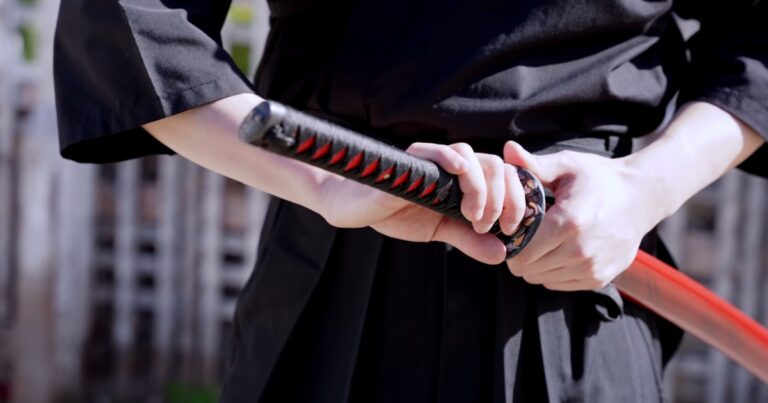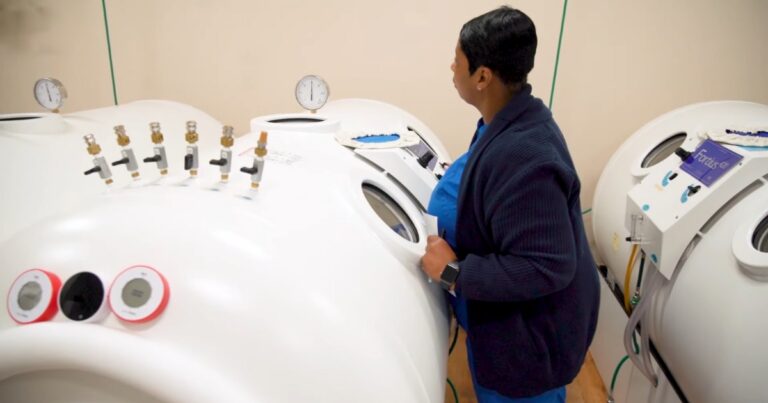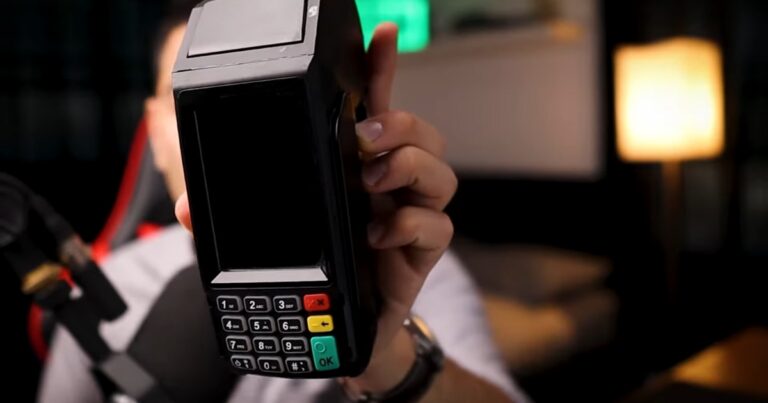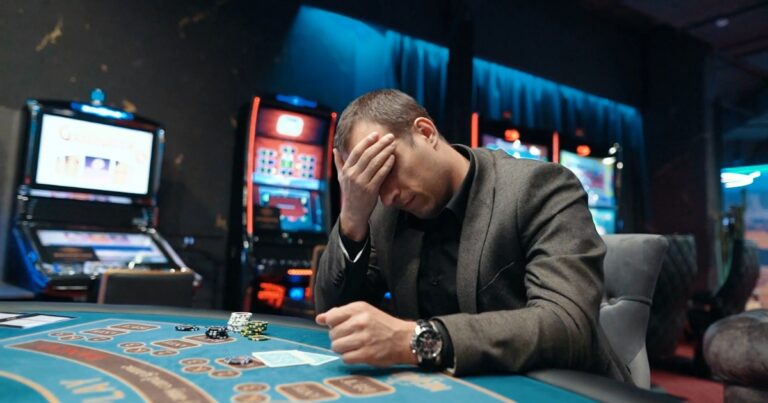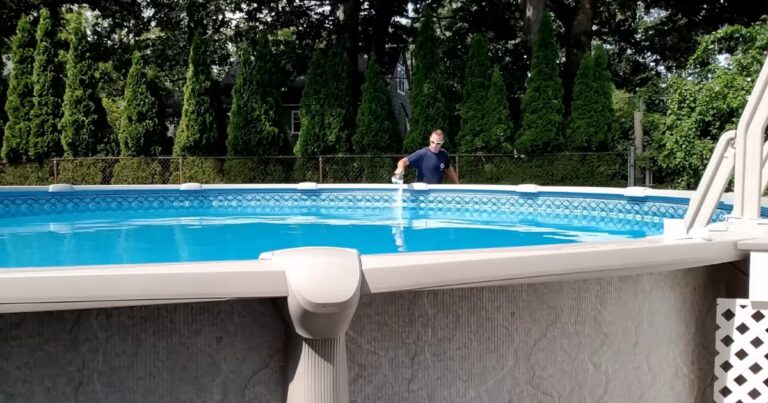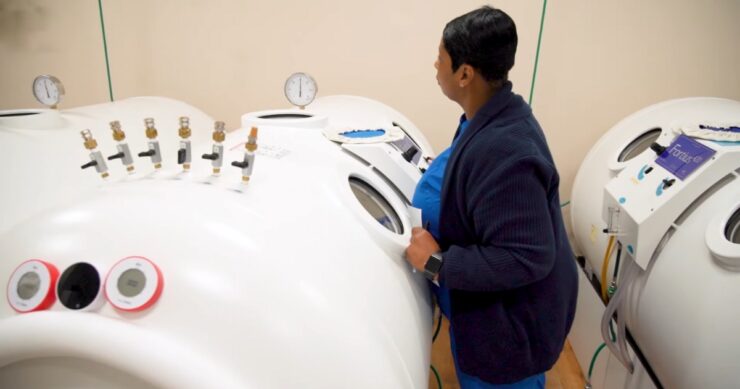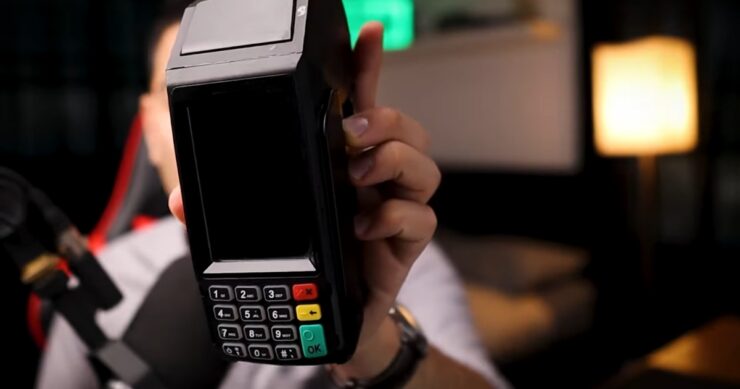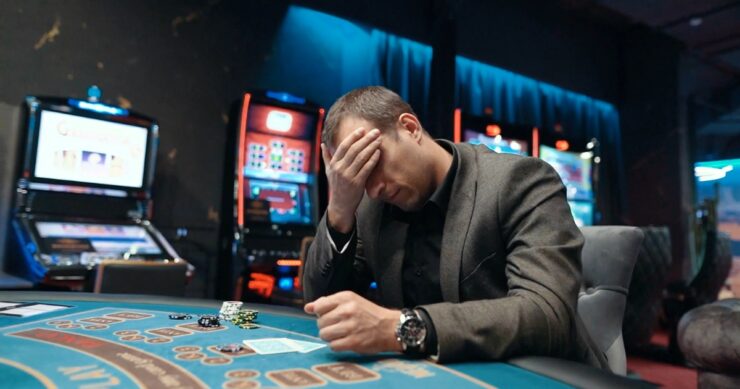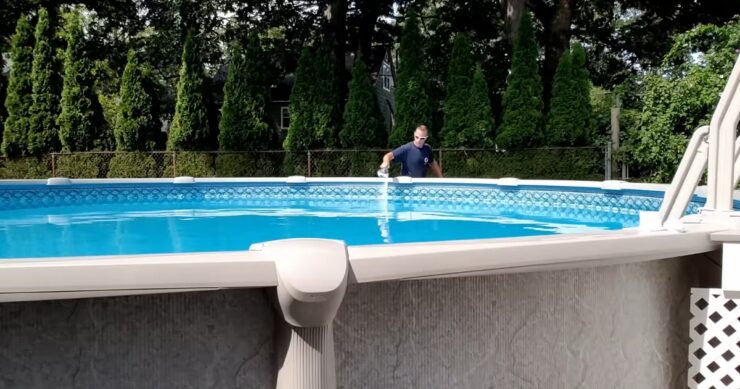The katana, a symbol of the samurai spirit and an embodiment of Japanese craftsmanship, has fascinated enthusiasts and collectors around the world. Its sleek design, storied history, and the artistry involved in its creation make it more than just a weapon; it’s a piece of cultural heritage.
This allure drives many to seek out genuine katanas, but the journey to owning one is fraught with considerations, especially concerning cost. This article delves into the intricacies of buying a genuine katana, offering insights into its pricing and tips for making a wise purchase.
Understanding Katana Pricing
The cost of a genuine katana can vary dramatically, influenced by factors such as age, maker, materials, and historical significance. Prices can range from a few hundred dollars for newer, non-traditional pieces to several thousand or even millions for antiques with significant historical value.
Understanding what drives these costs is crucial for any potential buyer. Check out more on pricing at https://www.truekatana.com/catalog/japanese-samurai-swords/katana.
The Craftsmanship Behind the Blade
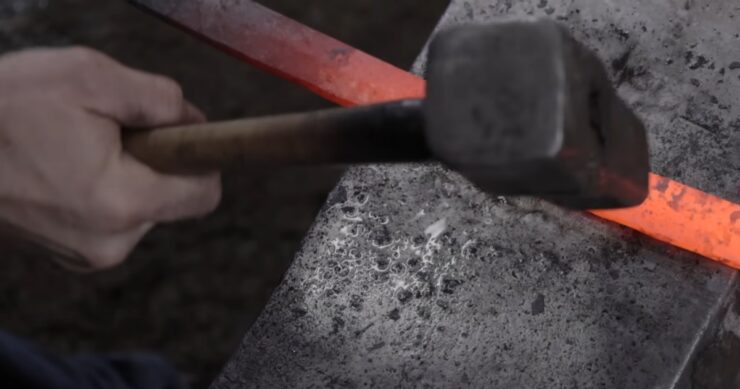
A significant portion of a katana’s cost is attributed to the craftsmanship involved in its creation. Traditional katanas are made by skilled artisans who follow a centuries-old forging process known as Tamahagane.
This labor-intensive method involves smelting iron sand and charcoal in a clay furnace, a process that can take several days and yields the unique steel needed for the blade.
The forging, folding, and tempering of the steel, combined with the meticulous polishing and sharpening, can take a master swordsmith many months to complete. The expertise, time, and effort required in this process are primary factors in the high cost of genuine katanas.
Historical and Cultural Significance
The historical and cultural significance of a katana also plays a pivotal role in its valuation. Blades that date back to specific periods in Japanese history, such as the Muromachi (1336-1573) or Edo (1603-1868) periods, often carry a higher price tag due to their age, historical context, and the techniques used in their creation.
Furthermore, katanas that were owned by notable samurai or have been featured in historical events are particularly sought after, commanding premium prices.
The Maker’s Mark
The reputation and lineage of the swordsmith can significantly affect the price of a katana. Renowned swordsmiths, especially those recognized by the Japanese government as Living National Treasures for their contributions to traditional crafts, can command higher prices for their work.
The maker’s signature, or mei, engraved on the tang (nakago) of the blade, serves as a mark of authenticity and craftsmanship, often leading to higher valuation.
Materials and Accessories
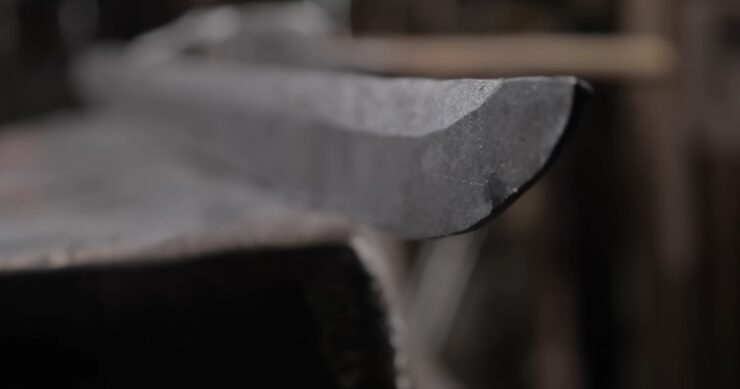
The materials used in both the blade and the fittings (koshirae) influence the cost of a katana. High-quality steel, rare or unique handle (tsuka) materials, and intricately designed handguards (tsuba) can all elevate the price. Additionally, the use of precious metals or stones in the koshirae can make a katana more expensive.
Condition and Preservation
The condition of a katana is paramount in determining its value. Blades that are free from rust, and damage, and have maintained their original shape and sharpness are more valuable. Proper preservation, including careful cleaning and periodic polishing by skilled professionals, can maintain or even increase a katana’s value over time.
Certifications and Appraisals
Genuine katanas often come with certifications and appraisals that authenticate their origin, age, and maker. These documents, particularly those issued by respected organizations or authorities in Japan, can significantly enhance a blade’s value and are an important consideration for buyers.
The Market for Katanas
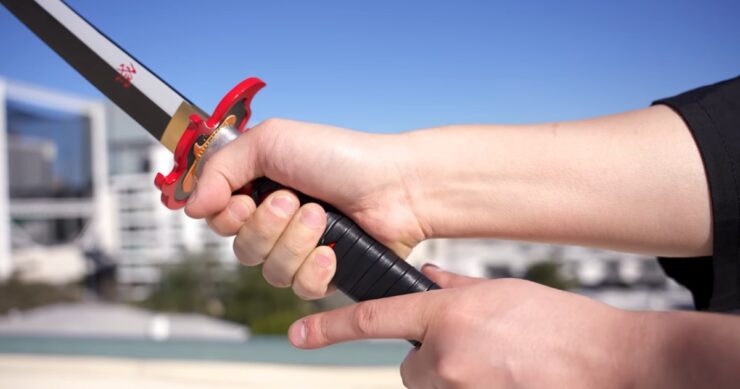
The market for katanas is global, with collectors and enthusiasts from around the world seeking to own a piece of Japanese history. However, the market can be unpredictable, influenced by trends, the availability of rare pieces, and economic factors.
Staying informed about the market and consulting with experts can help potential buyers make informed decisions.
Tips for Buying a Genuine Katana
- Research: Before making a purchase, it’s crucial to educate yourself about katanas, their history, and the art of sword making. Understanding the nuances of different periods, styles, and smiths can help in identifying genuine pieces.
- Consult Experts: Seek advice from reputable dealers, collectors, and scholars who specialize in Japanese swords. Their expertise can guide you in evaluating the authenticity, quality, and value of a katana.
- Examine the Blade: Pay close attention to the craftsmanship of the blade, including the hamon (temper line), the balance, and the sharpness. A genuine katana will exhibit a high level of craftsmanship and attention to detail.
- Check for Certifications: Ensure that the katana comes with proper certifications and appraisals, especially if you’re considering a significant investment. These documents are crucial for verifying the authenticity and historical significance of the blade.
- Consider the Source: Purchase from reputable dealers or auction houses with a proven track record of dealing in authentic Japanese swords. Avoid dubious sources where the provenance of the swords cannot be verified.
- Handle with Care: If possible, handle the katana to assess its weight, balance, and the quality of its fittings. A genuine katana will feel solid and well-constructed.
- Beware of Replicas: The market is flooded with replicas and mass-produced swords that mimic the appearance of genuine katanas. While these can be appealing due to their lower price, they lack the craftsmanship, materials, and historical value of a true katana.
- Invest in Preservation: Consider the long-term care of the katana, including proper storage, handling, and periodic maintenance by a professional. Preserving the condition of the blade is essential for maintaining its value.
- Be Patient: Finding the right katana can take time. Don’t rush the process; instead, wait for a piece that truly resonates with you and meets your criteria for authenticity, craftsmanship, and historical significance.
Conclusion
Owning a genuine katana is a privilege that comes with its own set of challenges, not least of which is understanding the factors that contribute to its cost.
By appreciating the craftsmanship, historical significance, and artistry behind these exquisite blades, enthusiasts can make informed decisions when adding to their collections. Remember, a genuine katana is not just a weapon but a piece of history, an art form, and a cultural treasure that demands respect, appreciation, and careful stewardship.
Related Posts:
- How Much Does Mold Testing Cost? 3 Tips for…
- How Much Does a Metal Roof Cost? Essential Tips for…
- How Much Does a Wedding Magician Cost? 10 Things to Expect
- Royal Stag Price in Kolkata 2024 - Cost Guide
- How Much Do OnlyFans Models Pocket Each Month? -…
- What Does 'In Transit' Mean and Tips for Estimating…

